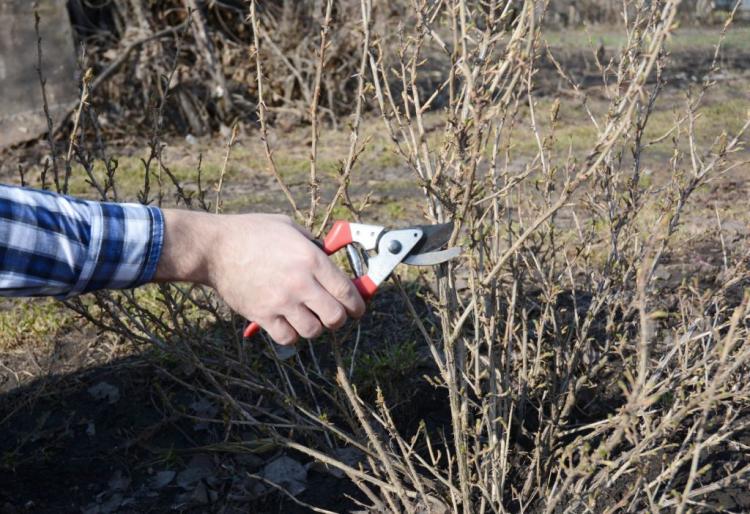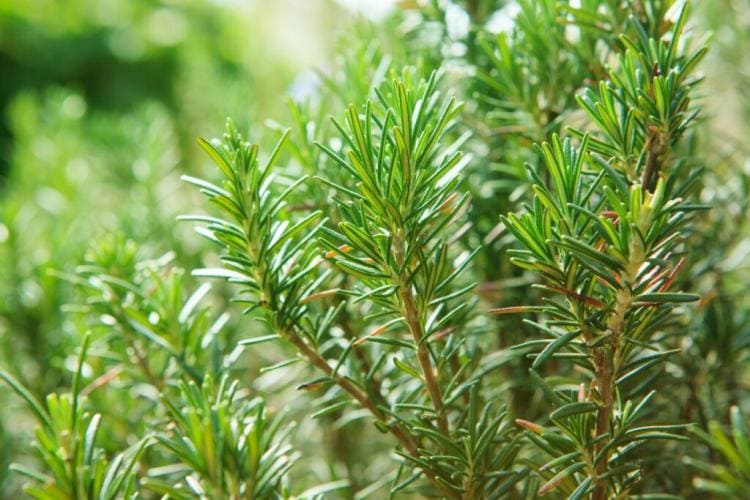Cutting Gooseberries: Professional Tips For Cutting
Gooseberries live up to their name and cutting measures are all the more unpleasant. Nevertheless, a skillful cut of the gooseberry is always very good.
The gooseberry should be cut back annually [Photo: Barabasa / Shutterstock.com] In addition to berry bushes such as raspberries ( Rubus idaeus ) or currants ( Ribes rubrum ), gooseberries ( Ribes uva-crispa ) are also very popular trees in gardens in this country. The juicy fruits are perfect for preparing desserts or simply as a snack in between. Cutting the gooseberries is very important so that you can reap a decent yield every year. We’ll show you what to look for when cutting.
Cutting gooseberries: when to cut back?
Table of Contents
While cutting gooseberries is generally not complicated, it is important to note the right timing. Otherwise, if you cut at the wrong time, you can expect a loss of yield.
You might so like: Lovage: Maggi Plant From The Herb Garden
When is the right time to cut gooseberries?
Gooseberries are usually cut after they are harvested. You can either do the pruning in autumn or wait until winter (until February). The latter has the advantage that the shrub no longer has any leaves and you get a better overview. In addition, to minimize the risk of infection for plant diseases, you should only cut in dry weather.

Before the harvest (May to June) an additional exposure cut is recommended. The bearing fruit shoots can be shortened. You should also remove excess, injured, too steep, and too strong new shoots. This ensures better exposure of the remaining shoots and promotes flower bud formation for the next year. In addition, the harvest of the fruits on the thorn-rich shoots is made much easier.
Cutting gooseberries: instructions
The fruit quality, yield, and growth rate of the gooseberry are regulated by the annual pruning. Annual side shoots bring the best yield – so you should get enough shoots from the main branch every year. When pruning the gooseberry, do the following:
- After all of the gooseberries have been harvested (and the bush has run out of leaves), the first thing to do is to look at the older shoots. Gooseberries bear most of the berries on the young shoots. You should therefore remove low-yielding shoots that are more than four or five years old. You can recognize this by the dark wood and the stronger branching. Cut these shoots back to the point where they branched.
- Four to eight of the new fruit shoots are left (from the third year onwards). These should be at least as strong as a pencil and as flat as possible. Since only a certain section of the shoot bears flower buds, the length of the shoots also plays a role. The ideal length of the fruit shoots depends on the variety, but they should be shortened by at least half (up to two-thirds).
- The leading branches should be renewed from the ground every three to six years, so replacement shoots should be used early enough. You should remove unneeded ground shots.

Cut the gooseberry properly as a high trunk or sapling
A tried and tested method of achieving high yields in gooseberries is to plant a standard stem. The cut is similar to that of a shrub but is slightly different due to the shape. It is best to use pruning shears for this.
You might so like: Professional Tips For Growing Turmeric
Every year in February, thin out the plant so that the individual branches do not rub against each other. Overhanging shoots are also removed. Cut back down to a few old and bald main branches. But always note that for an optimal yield, the new branches from the previous year must not be cut away. If this annual pruning has been forgotten for a longer period of time, the gooseberry also tends to shed. In this case, a radical rejuvenation cut is worthwhile, in which a large part of the main shoots is removed so that new shoots can grow again in spring.

These products are ideal for cutting your shrubs, hedges, and trees:
- Felco Secateurs: Manual pruning shears, pruning shears, and garden shears are recommended for all types of cutting. In addition to plastic-coated handles, it has a precision adjustment system for the blade and anvil blade.
- Felco fruit tree and secateurs: Robust fruit tree and secateurs with wire cutter, juice groove, and micrometer adjustment.
- Gardena telescopic arm scissors: Practical secateurs for effortless cutting of tall trees and dense shrubs from the ground.






